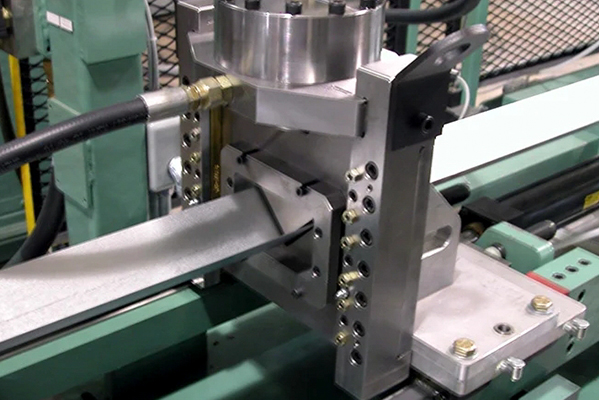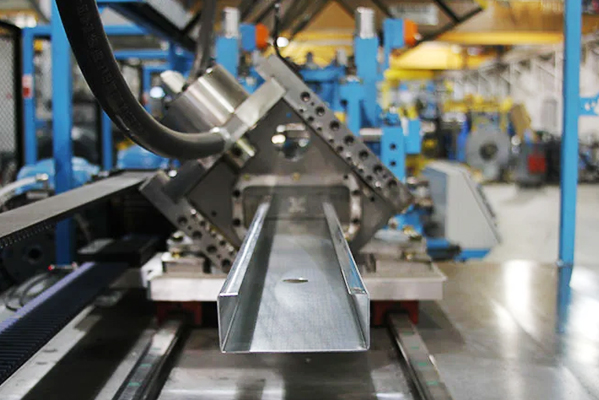Navigation Menu
Contact Us
- Email:
- info@wxavatar.com
- Address:
- Yurong Village, Yuqi Street, Huishan District, Wuxi, China.
Release Date:Apr 19, 2025 Visit:1 Source:Roll Forming Machine Factory
Steel trusses are widely used in construction due to their strength, durability, and versatility. One of the key advantages of steel trusses is their ability to span long distances without requiring intermediate supports. The span of a steel truss depends on several factors, including design, load requirements, and material specifications.
Factors Influencing Span Length
Design Configuration
Different truss designs, such as Pratt, Warren, or Howe configurations, affect how forces are distributed. Some designs are more efficient for longer spans, while others are better suited for shorter distances with higher load capacities.

Material Strength
High-quality steel with appropriate yield strength allows trusses to support greater loads over extended spans. The thickness and grade of steel used influence the overall structural performance.
Load Requirements
The intended use of the structure—whether for industrial, commercial, or residential purposes—determines the live and dead loads the truss must support. Heavier loads typically reduce the maximum feasible span.
Support Conditions
The type of connections (pinned, fixed, or semi-rigid) and the stability of the supporting structures (columns or walls) play a role in determining how far a truss can span.
Typical Span Ranges
Short to Medium Spans (10–30 meters): Commonly used in residential and small commercial buildings, where standard truss designs provide sufficient support.
Long Spans (30–100 meters): Often seen in industrial facilities, aircraft hangars, and sports arenas, where large open spaces are required.
Very Long Spans (Over 100 meters): Achievable with specialized engineering, often used in bridges and large-span roofs.

Conclusion
Steel trusses offer flexibility in spanning various distances, making them suitable for a wide range of applications. By optimizing design, material selection, and load considerations, engineers can determine the most appropriate span length for a given project. Proper analysis and adherence to structural standards ensure safe and efficient performance.